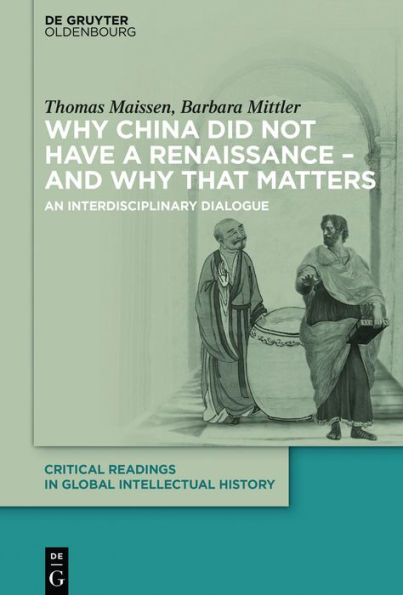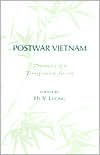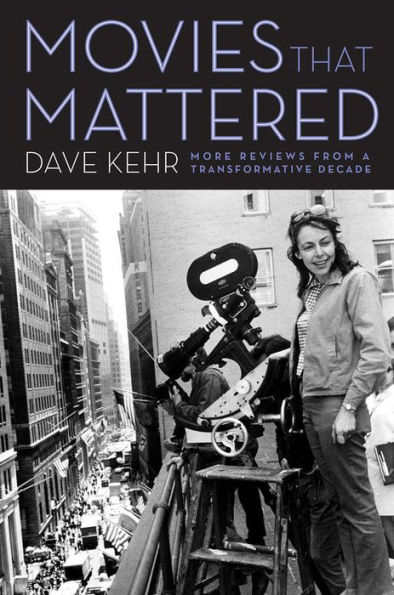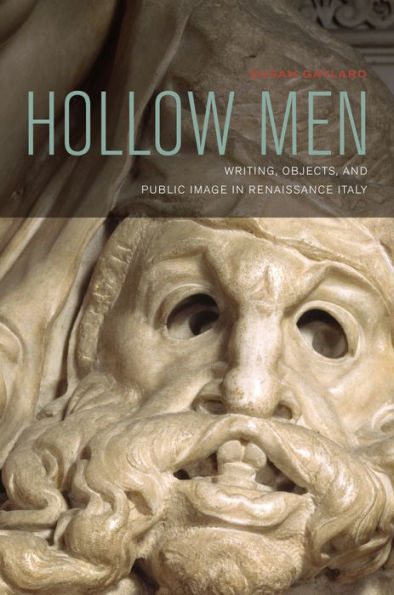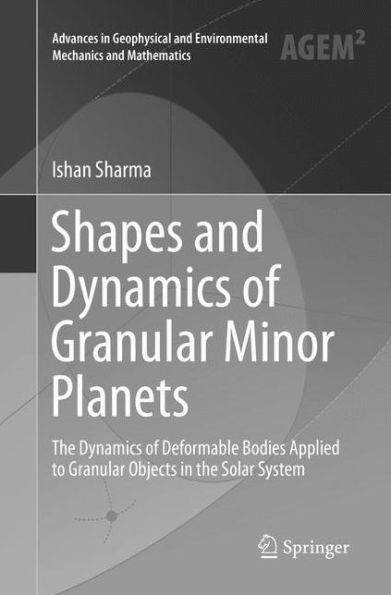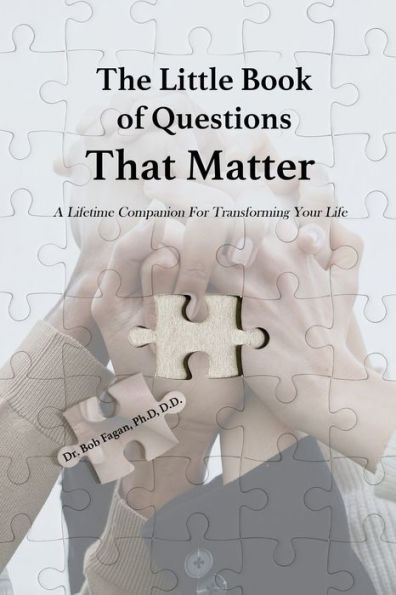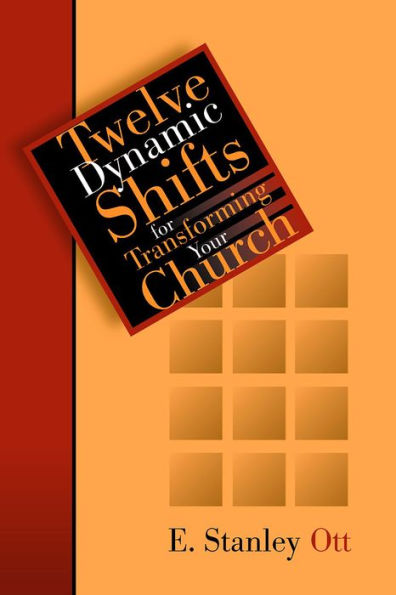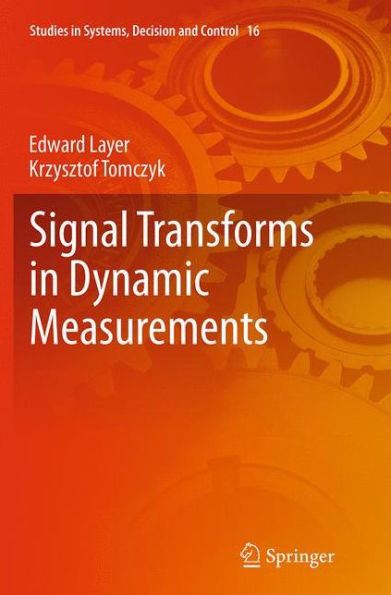Home
Dynamic Matter: Transforming Renaissance Objects
Barnes and Noble
Dynamic Matter: Transforming Renaissance Objects
Current price: $119.95
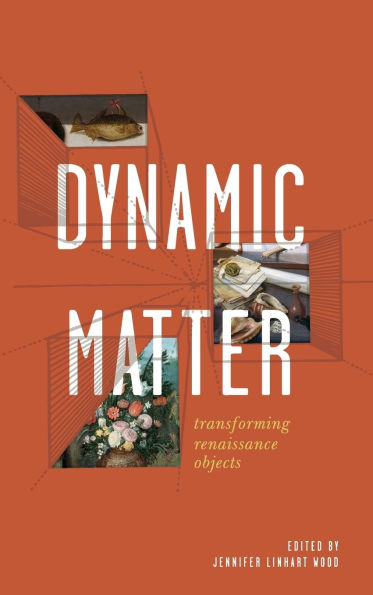

Barnes and Noble
Dynamic Matter: Transforming Renaissance Objects
Current price: $119.95
Size: Hardcover
Loading Inventory...
*Product information may vary - to confirm product availability, pricing, shipping and return information please contact Barnes and Noble
Dynamic Matter
investigates the life histories of Renaissance objects. Eschewing the critical tendency to study how objects relate to human needs and desires, this work foregrounds the objects themselves, demonstrating their potential to transform their environments as they travel across time and space.
Integrating early modern material theories with recent critical approaches in Actor-Network Theory and object-oriented ontology, this volume extends Aristotle’s theory of
dynameos
—which conceptualizes matter as potentiality—and applies it to objects featured in early modern texts such as Edmund Spenser’s
The Faerie Queene
, Robert Hooke’s
Micrographia
, and William Shakespeare’s
The Tempest
. Individual chapters explore the
of matter by examining its manifestations in particular forms: combs are inscribed with words and brushed through human hair; feathers are incorporated into garments and artwork; Prince Rupert’s glasswork drops explode; a whale becomes animated by the power of a magical bracelet; and books are drowned. These case studies highlight the potentiality matter itself possesses and that which it activates in other matter.
A theorization of objects grounded in Renaissance materialist thought,
examines the richness of things themselves; the larger, multiple, and changing networks in which things circulate; and the networks created by these transformative objects.
In addition to the editor, the contributors to this volume include Anna Riehl Bertolet, Erika Mary Boeckeler, Naomi Howell, Emily E. F. Philbrick, Josie Schoel, Maria Shmygol, Edward McLean Test, Abbie Weinberg, and Sarah F. Williams.
investigates the life histories of Renaissance objects. Eschewing the critical tendency to study how objects relate to human needs and desires, this work foregrounds the objects themselves, demonstrating their potential to transform their environments as they travel across time and space.
Integrating early modern material theories with recent critical approaches in Actor-Network Theory and object-oriented ontology, this volume extends Aristotle’s theory of
dynameos
—which conceptualizes matter as potentiality—and applies it to objects featured in early modern texts such as Edmund Spenser’s
The Faerie Queene
, Robert Hooke’s
Micrographia
, and William Shakespeare’s
The Tempest
. Individual chapters explore the
of matter by examining its manifestations in particular forms: combs are inscribed with words and brushed through human hair; feathers are incorporated into garments and artwork; Prince Rupert’s glasswork drops explode; a whale becomes animated by the power of a magical bracelet; and books are drowned. These case studies highlight the potentiality matter itself possesses and that which it activates in other matter.
A theorization of objects grounded in Renaissance materialist thought,
examines the richness of things themselves; the larger, multiple, and changing networks in which things circulate; and the networks created by these transformative objects.
In addition to the editor, the contributors to this volume include Anna Riehl Bertolet, Erika Mary Boeckeler, Naomi Howell, Emily E. F. Philbrick, Josie Schoel, Maria Shmygol, Edward McLean Test, Abbie Weinberg, and Sarah F. Williams.
